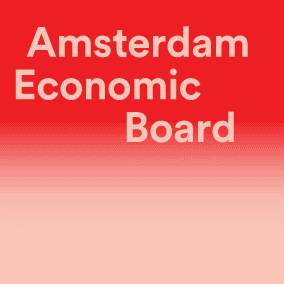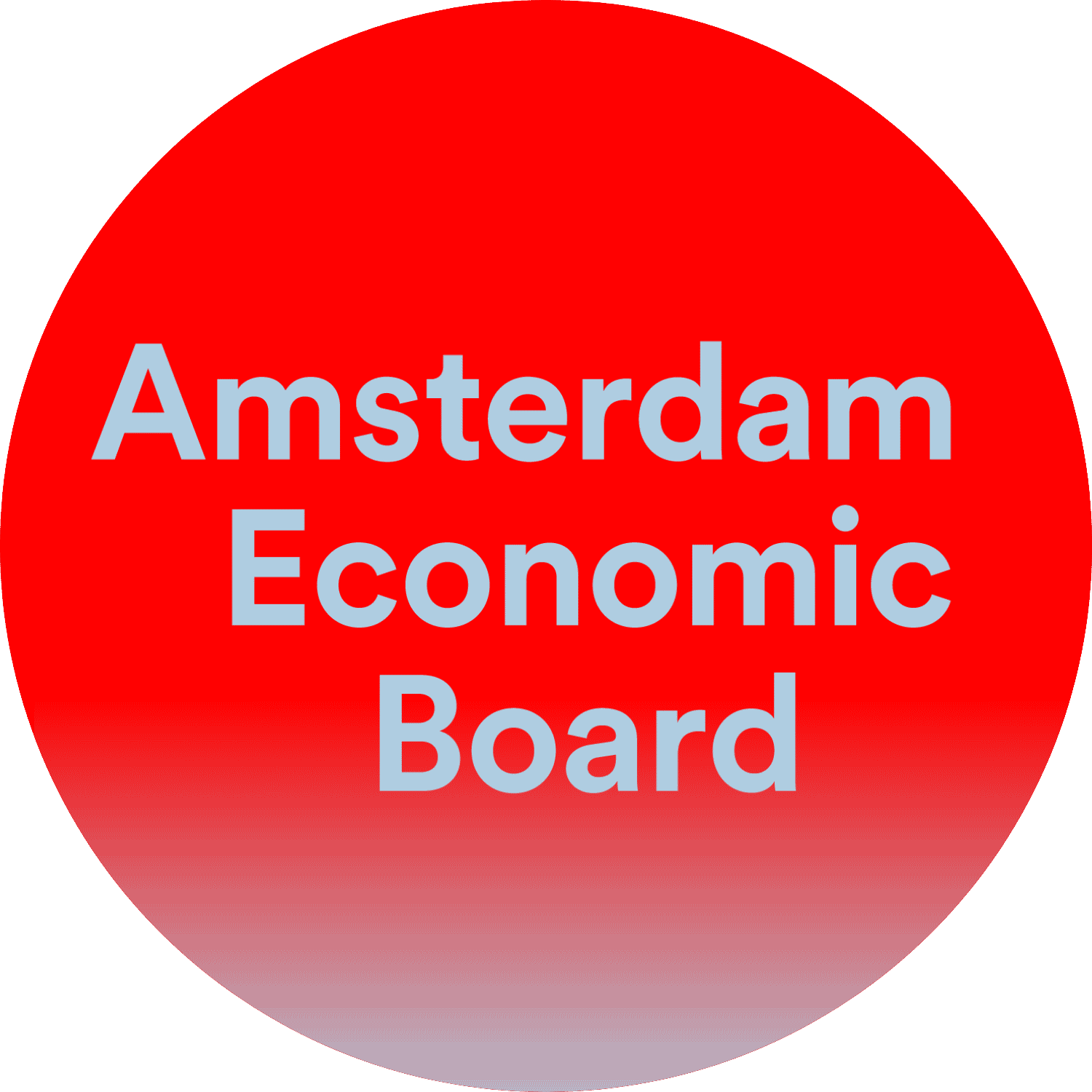The Green Mile: een groene, duurzame Stadhouderskade
Een positief, groen, sociaal en inclusief gebied: als het aan stichting The Green Mile ligt, wordt dat het nieuwe gezicht van de Stadhouderskade in Amsterdam. Initiatiefnemers zijn onder meer UNStudio, Heineken, het Rijksmuseum, De Nederlandsche Bank en Blendingbricks. In nauw overleg met bewoners en bedrijven willen zij de kade een flinke upgrade geven. Wie mee wil doen en hier innovaties wil testen is van harte welkom.
De Stadhouderskade is de meest vervuilde en gevaarlijke straat van Amsterdam. Er zijn veel verkeersongevallen, er is luchtvervuiling, geluidsvervuiling en het is een drukke doorgaansroute. Een groot contrast met de achttiende eeuw, toen er langs de Singel nog volop geflaneerd werd in het groene gebied — zo laten enkele schilderijen uit het Rijksmuseum ons zien.
“De Stadhouderskade is een ruw stukje stad”, zegt Machteld Kors, director strategic development bij UNStudio. Het architectenbureau heeft zijn hoofdkantoor in verschillende panden aan de Stadhouderskade. “Wij gebruiken met onze 200 medewerkers de plek heel intensief en vinden het belangrijk iets terug te geven aan deze thuisbasis.” Het ligt dan voor de hand om als architectenbureau meteen te gaan schetsen, maar UNStudio koos anders. “Wij wilden het meer bottom-up aanpakken, zodat de ambitie breed gedragen zou worden”, zegt Kors. “Vanuit verbinding en gezamenlijk initiatief komen tot grote en kleine interventies. Na een eerste workshop met de initiatiefnemers waren wij het erover eens wat het moest worden: geen masterplan, geen actiegroep, maar een beweging.”
Veilige, vitaal en toekomstbestendig
De initiatiefnemers hebben zich verenigd in Stichting The Green Mile. Het zijn Heineken, het Rijksmuseum, De Nederlandsche Bank, de Hogeschool van Amsterdam, UNStudio en Ruth van Dijken. Zij is oprichter van Blendingbricks, een bureau gericht op gezonde en groene leefomgevingen. Na gesprekken en workshops met de ‘grote bewoners’ van de Stadhouderskade, een door het Stimuleringsfonds gesubsidieerd ontwerpend onderzoek voor vitale steden en dorpen en verkennende gesprekken met de gemeente gaat de beweging op 25 april officieel van start. Dan overhandigen de initiatiefnemers aan wethouder Egbert de Vries de gezamenlijke ambitie en een blik op de toekomst. Kors: “Vanuit de gemeente is er veel enthousiasme en medewerking, ook is er een gebiedsmakelaar aangehaakt die ons ondersteunt.”
“De ambitie is om van de Stadhouderskade ‘The Green Mile’ te maken; een groene, duurzame, veilige, vitale en toekomstbestendige straat voor mens, dier èn natuur”, zo lezen we op de website. “Een betekenisvolle openbare ruimte, die uitnodigt om te wandelen, ontmoeten, sporten en natuur te beleven.” Het idee is dat er vanuit de stichting straks kleine en grote interventies worden gedaan om dit voor elkaar te krijgen. Het gebied moet ook een living lab worden voor innovaties. Kors: “Van alle lantaarnpalen willen we zogenoemde plantaarns maken, vergroende lantaarnpalen. We willen het water beter toegankelijk maken voor gebruikers van het gebied. De bruggen moeten veel groener en prettigere verblijfsplekken worden.” De support van de gemeente is heel fijn en maakt het makkelijker om het gebied te transformeren”, zegt Kors. “Ook zij zien het gebied als living lab, waardoor we hopelijk makkelijker tot resultaten kunnen komen.”
Data en bewoners
The Green Mile staat ook in contact met de International Urban Artificial Intelligence Group. Met datasets onderzoeken zij hoe steden groener kunnen worden. “Er zijn data over geluid, over ongelukken, over luchtkwaliteit: we willen die gebruiken om de stad leefbaarder te maken. Bedrijven en mensen in de regio die hierover mee willen denken, of interessante datasets beschikbaar hebben, mogen zich bij ons melden.”
The Green Mile gaat ook actief aan de slag met het aanhaken van bewoners. “Wij willen er samen met de bewoners een mooi gebied van maken zodat we het beste uit de omgeving naar boven halen”, zegt Kors. “We zoeken hiervoor inspirerende voorbeelden en zijn ook op zoek naar iemand die in dienst van de stichting ons hierbij kan helpen.”
De deelnemers aan de stichting leveren een financiële bijdrage en zorgen ook op hun eigen manier voor inbreng. Zo programmeren studenten van de HvA robots die straks met resthout objecten bouwen die op de Green Mile een plek krijgen. Denk bijvoorbeeld aan overkappingen en bankjes. Het Rijksmuseum wil het Vermeerjaar in 2023 aangrijpen om de bermen van de Stadhouderskade met Vermeergele en Vermeerblauwe tulpen te bezaaien.
Model van Amsterdam Economic Board
Kors kreeg al een telefoontje uit Hoofddorp waar ze een vergelijkbaar initiatief willen opzetten. “Wij kopiëren met onze aanpak het model van Amsterdam Economic Board: The Green Mile is een samenwerking tussen overheid, bedrijfsleven en onderwijs, waarbij we ook bewoners gaan betrekken. We beginnen net, dus ik wil niet te vroeg juichen. Maar volgens mij is de basis voor succes dat je werkt met mensen die erin geloven dat je op deze manier verandering voor elkaar krijgt. Dat je een vervuild gebied weer prettig en schoon kunt maken door als buren de handen ineen te slaan.”
Wil jij een bijdrage leveren aan The Green Mile? Meld je aan via The Green Mile Beweging.
Tekst: Mirjam Streefkerk
Foto: UNStudio.com
25 april 2022
Meer weten over
Neem contact op
Blijf jij ook op de hoogte?
8x per jaar nieuws en events uit de regio: schrijf je in voor de Board Update nieuwsbrief
Deel dit artikel
Wil je op de hoogte blijven?
Volg ons dagelijks op LinkedIn en schrijf je in voor de Board Update nieuwsbrief.
Lees ook deze berichten
- Een nieuwe lichting gedreven jongeren is aangetreden bij Young on Board, de ...
- Met de selectie van vier kanshebbers is de regionale voorronde van de ...
- Met meer dan 80 ondernemers, 40 investeerders en diverse dienstverleners bood LSH Capital Match ...

